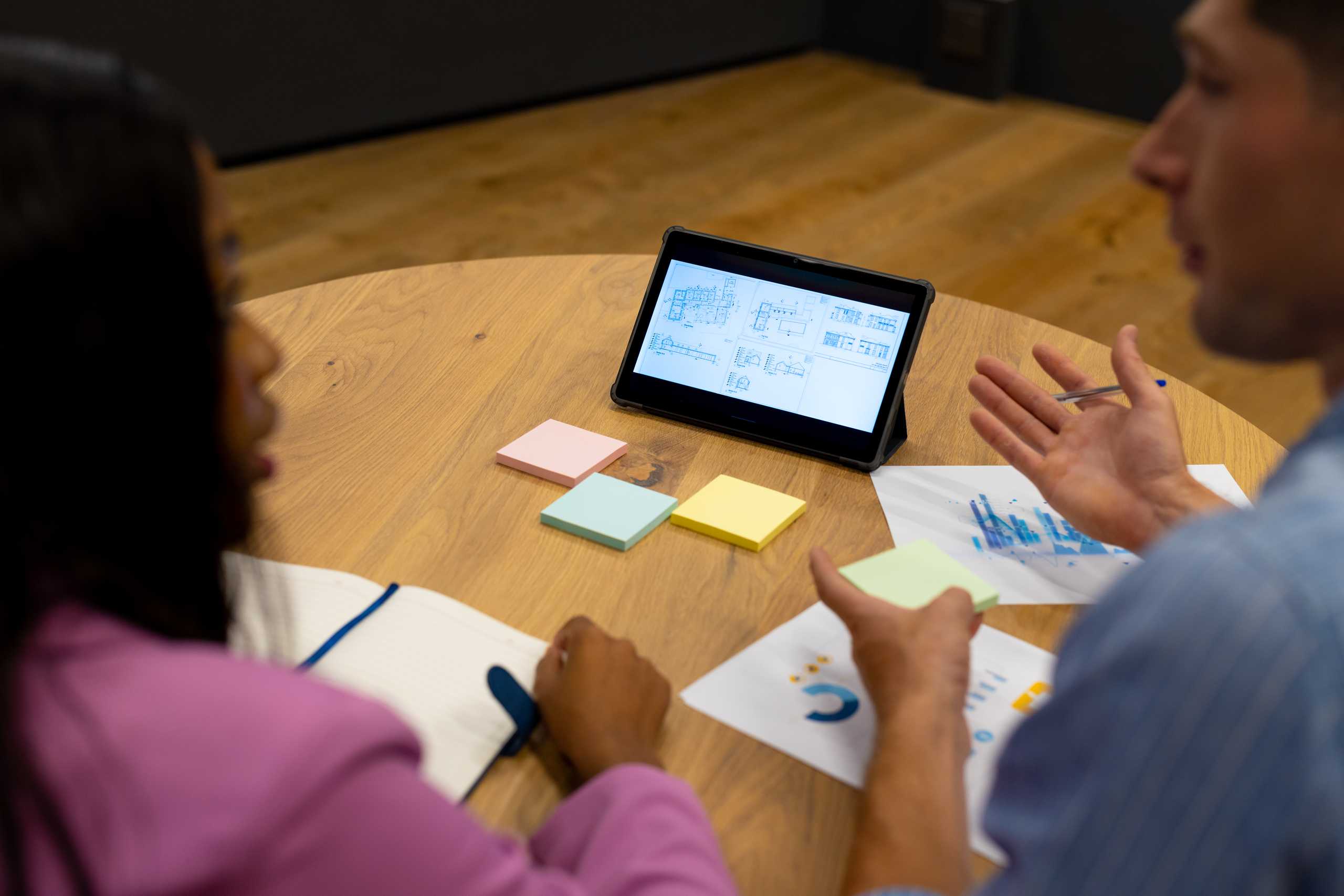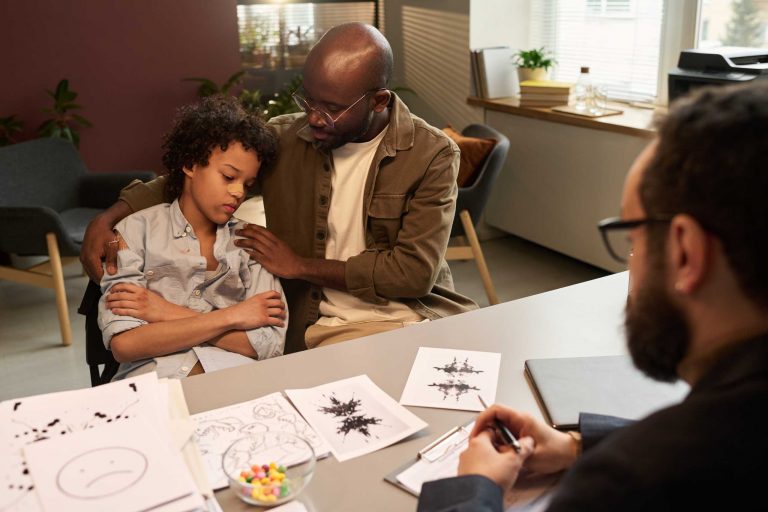Storyboarding isn’t limited to film or animation. It’s a universal tool that helps creators of all kinds organize ideas, plan narratives, and communicate concepts visually. From comics and video games to marketing campaigns and presentations, mastering storyboarding elevates any creative project.
1. The Role of Storytelling in Visual Planning
Storyboarding is storytelling in motion. It’s about sequencing events, highlighting emotional beats, and ensuring your audience experiences the intended journey.
- Visual narrative – Every frame represents a mini-story that contributes to the bigger picture.
- Pacing and flow – Proper planning prevents rushed or confusing scenes.
- Emotional resonance – Well-timed visual cues amplify impact and engagement.
By thinking like a storyteller, even the simplest sketches can carry depth and meaning.
2. Beyond Drawing: Strategic Thinking
You don’t need to be a professional artist to create compelling storyboards. What matters most is strategy:
- Identify the goal of each scene – What should the audience feel or learn?
- Map key moments – Focus on pivotal actions, reactions, or transitions.
- Experiment with perspective – Changing camera angles or character placement can completely shift mood and meaning.
Pro tip: Use sticky notes or digital boards for rapid experimentation. Flexibility early in the process saves time and sparks creativity.
3. Storyboarding in Different Mediums
Storyboarding adapts to every medium differently:
- Animation & Film: Define movement, timing, and framing.
- Comics & Graphic Novels: Emphasize panel transitions and visual pacing.
- Advertising & Marketing: Quickly communicate a campaign concept to clients or teams.
- Video Games: Plan player experiences, interactions, and branching narratives.
No matter the medium, storyboards ensure your vision is clear, engaging, and executable.
4. Tips for Elevating Your Storyboards
- Combine sketches with notes – Include dialogue, sound cues, or camera directions.
- Keep iterations visible – Comparing versions helps refine pacing and flow.
- Collaborate actively – Feedback from peers or mentors uncovers fresh perspectives.
- Balance simplicity and detail – Too much clutter can confuse, too little can under-communicate.
Conclusion
Storyboarding is a creative superpower. It turns abstract ideas into concrete visuals, making complex narratives easier to understand, share, and execute. By honing your skills, you’ll not only improve your ability to tell stories but also unlock new ways of thinking visually across all creative fields.




